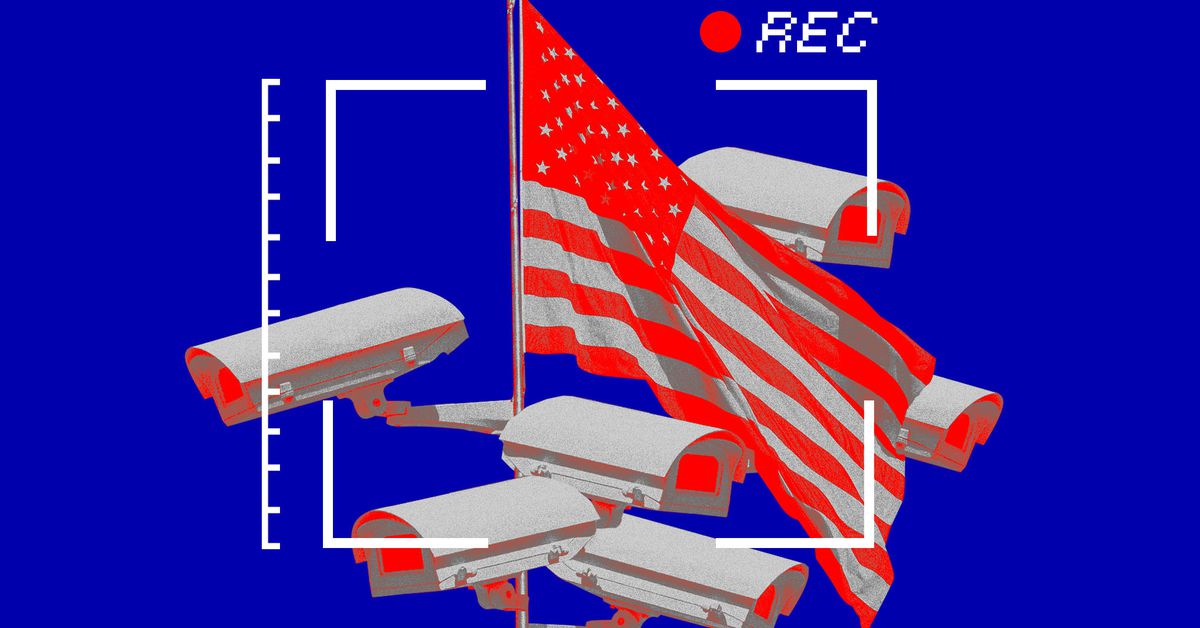The House Committee on Homeland Security is looking into Customs and Border Protection’s (CBP) surveillance network in the wake of a report that nearly one-third of the agency’s cameras along the US-Mexico border don’t work. Privacy advocates say this is just the latest instance of expensive border surveillance infrastructure not working as advertised.
An internal Border Patrol memo obtained by NBC News said that “several technical problems” had contributed to a large-scale outage of the Remote Video Surveillance Systems, a series of surveillance towers and cameras that have been used to remotely surveil the border since 2011. According to the memo, approximately 150 of the 500 cameras are non-operational. The memo says that the Federal Aviation Administration — and not CBP — is responsible for servicing and repairing the cameras, and that the agency had internal problems meeting Border Patrol’s needs. Border Patrol is considering replacing the FAA with a contractor that can provide “adequate technical support” for the cameras, the memo states.
Rep. Mark E. Green (R-TN), the chair of the House Homeland Security Committee, has asked DHS Secretary Alejandro Mayorkas to turn over information on the camera system by October 23rd. In his letter to Mayorkas, Green called the cameras and other surveillance tools “a force multiplier.” The letter also claims that sources told the committee that 66 percent of the cameras were inoperable — a much higher figure than the one cited in the Border Patrol memo reported by NBC News.
Though Green’s letter frames the cameras’ malfunctioning as a new issue, a separate CBP official told NBC News that the agency’s surveillance apparatus has not been properly managed for the past 20 years. As the Electronic Frontier Foundation recently noted, CBP and Border Patrol have tested various iterations of a surveillance network along the border for decades — and time after time, these systems have been shown to be costly and ineffective at reducing unauthorized border crossings.

